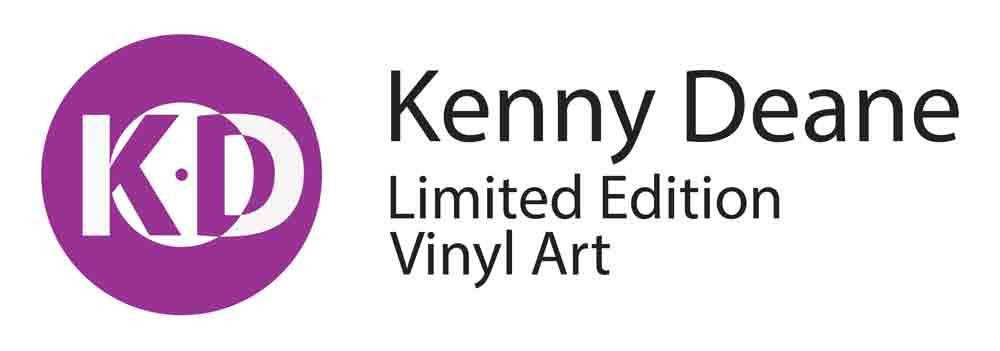Description
Additional information about this, Kool & The Gang vinyl art.
Kool & The Gang – The Artists
Kool & the Gang is an American R&B/soul/funk band formed in Jersey City, New Jersey, in 1964 by brothers Robert “Kool” Bell and Ronald Bell, with Dennis “Dee Tee” Thomas, Robert “Spike” Mickens, Charles Smith, George Brown, and Ricky West. They have undergone numerous changes in personnel and have explored many musical styles throughout their history, including jazz, rhythm and blues, soul, funk, disco, rock, and pop music. After settling on their name following several changes, the group signed to De-Lite Records and released their debut album, Kool and the Gang (1969). The band’s first taste of success came with the release of their fourth album Wild and Peaceful (1973), which contained the US top-ten singles “Jungle Boogie”and “Hollywood Swinging”. Kool & the Gang subsequently entered a period of decline before they reached a second commercial peak between 1979 and 1986 following their partnership with Brazilian musician and producer Eumir Deodato and the addition of singer James “J.T.” Taylor to the line-up. Their most successful albums of this period include Ladies’ Night (1979), Celebrate! (1980), and Emergency (1984). Their hit singles during this period included “Ladies’ Night”, the US No. 1 “Celebration”, “Get Down on It”, “Joanna”, “Misled”, and “Cherish”.
Jungle Boogie – The Song
“Jungle Boogie” is a funk song recorded by Kool & the Gang for their 1973 album Wild and Peaceful. It reached number four as a single, and became very popular in nightclubs. The song’s spoken main vocal was performed by the band’s roadie Don Boyce. An instrumental version of the tune with an overdubbed flute part and additional percussion instruments, titled “Jungle Jazz”, appeared on the album Spirit of the Boogie. The song is noted for the Tarzan yell heard at the song’s end and the grunting, panting and scatting heard throughout. The song became popular again when it was included in the soundtrack for the film “Pulp Fiction”.
The Handgun / Pistol – The Shape
This record has been modelled into the silhouette of two handguns as used extensibly in the film “Pulp Fiction”. A pistol is a handgun, more specifically one with the chamber integral to its gun barrel, though in common usage the two terms are often used interchangeably. The English word was introduced in c. 1570, when early handguns were produced in Europe, and is derived from the Middle French pistolet (c. 1550), meaning a small gun or knife. In colloquial usage, the word “pistol” is often used to describe any type of handgun, inclusive of revolvers (which have a single barrel and a separate cylinder housing multiple chambers) and the pocket-sized derringers (which are often multi-barrelled). The most common type of pistol used in the contemporary era is the semi-automatic pistol, while the older single-shot and manual repeating pistols are now rarely seen and used primarily for nostalgic hunting and historical reenactment, and the fully automatic machine pistols are uncommon in civilian usage due to generally poor recoil-controllability and strict laws and regulations governing their manufacture and sale.
Pulp Fiction is a 1994 American crime film written and directed by Quentin Tarantino, who conceived it with Roger Avary. Starring John Travolta, Samuel L. Jackson, Bruce Willis, Tim Roth, Ving Rhames, and Uma Thurman, it tells several stories of crime in Los Angeles, California. The title refers to the pulp magazines and hardboiled crime novels popular during the mid-20th century, known for their graphic violence and punchy dialogue.
Need Help? Contact Us






![The Timelords - Doctorin' The Tardis (1988) [Doctor Who]](https://i0.wp.com/www.kennydeane.com/wp-content/uploads/2017/05/timelords-doctorin-the-tardis-600.jpg?resize=324%2C324&ssl=1)


Reviews
There are no reviews yet.